
101 Amazing Leonardo DiCaprio Facts
¥19.52
Are you the world's biggest Leonardo DiCaprio fan? Do you know everything there is to know about the actor of a generation? Then this is the book for you! In this easy-to-digest eBook are 101 facts about your favourite movie star - do you know all of them?Test yourself and your friends with these handily-packaged facts easily organised into categories for maximum enjoyment. Sections include Leo's films, his family and friends and some crazy facts about his life!Whether your favourite film is Titanic, Inception or The Great Gatsby, this fantastic eBook is full of great fun facts for you.

101 Interesting Facts on Doctor Who
¥24.43
Are you a Doctor Who fan? Have you followed the series through the years? Can you remember the names of all the past 'Doctors' and their companions? Would you like to know more about the iconic TV programme and its characters? If you answered yes to any of these questions, you won't want to be without 101 Interesting Facts on Doctor Who. Do you know where Dr Who's tomb is located or how many times The Doctor has regenerated inside the TARDIS? Which Doctor Who extra-terrestrials come from the plant Raxacoricicofallapatorius and what was The Doctor's companion, Romana's full name? Find out the answers, along with much more Doctor Who-related trivia, inside this new book. Discover fascinating facts about The Doctors, companions, their allies and enemies and the actors who bring them all to life, as well as information about the different storylines from programme past and present. This is a must-have book for all Doctor Who enthusiasts, whether you are a lifelong fan or one of the series many new followers.

101 Amazing Facts about Arctic Monkeys
¥19.52
Are you the world's biggest Arctic Monkeys fan? Or do you want to know everything there is to know about one of the biggest bands of the era?If so, then this is the book for you! Contained within are more than one hundred amazing facts about everything, from how the band got started in the music industry to their success in multiple awards ceremonies and much more. The book is easily organised into sections so you can find the information you want fast and is perfect for all ages!
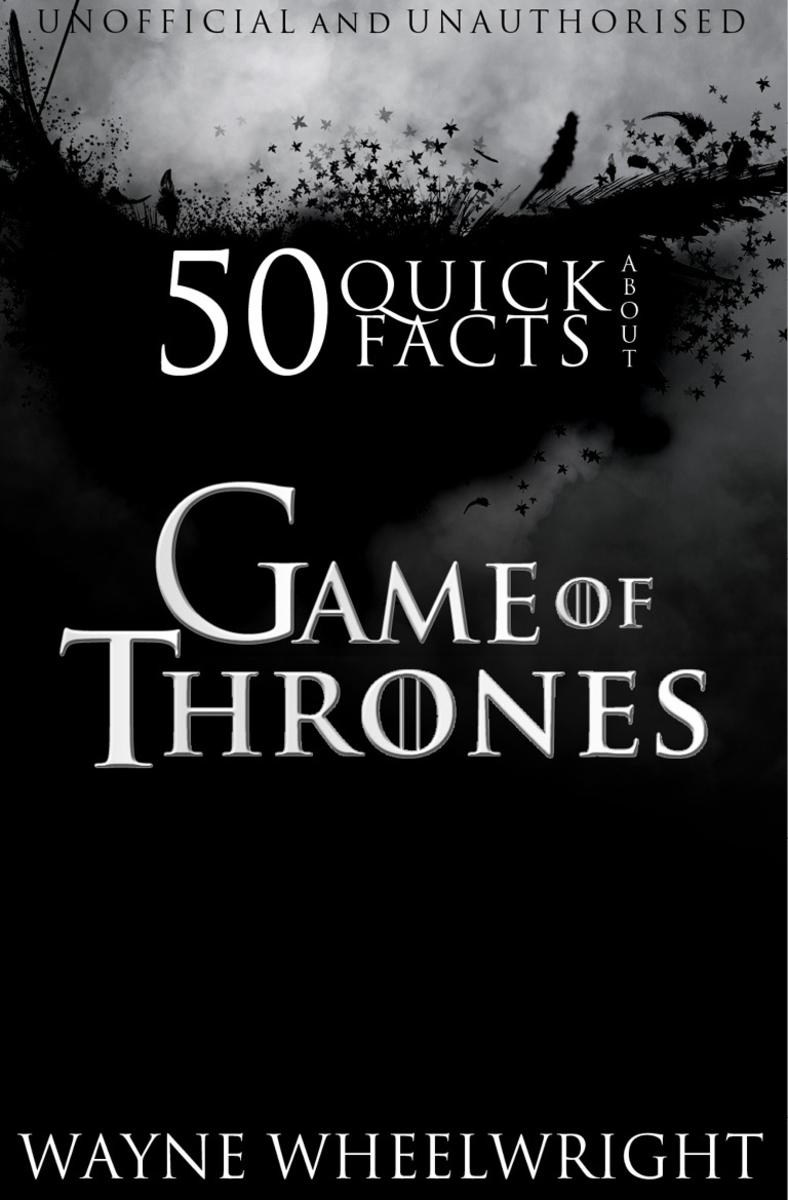
50 Quick Facts About Game of Thrones
¥9.71
Game of Thrones is the television and written world phenomenon that has come from the mind of George R.R. Martin and his series of books, A Song of Ice and Fire. This book contains trivia and many interesting facts about the lands of Westeros and Essos. From stories about the filming of the series, tales from behind the camera through to a little more background on the families and locations in the Game of Thrones world. This book is a must have for any fan of the tales of the Iron Throne.

101 Amazing Facts about Cheryl Cole
¥19.52
Are you the world's biggest Cheryl Cole fan? Or do you want to know everything there is to know about the singer, X Factor judge and former member of Girls Aloud? If so, then this is the book for you! Contained within are 101 amazing facts about everything, from her upbringing to her huge success both in a girl band and as a solo artist plus much more. The book is easily organised into sections so you can find the information you want fast and is perfect for all ages!

101 Amazing Facts about Dogs
¥19.52
Did you know that in medieval times dogs were known to have accompanied their masters into battle wearing suits of armour? Or that the Rhodesian Ridgeback was first bred to fight lions? This fantastic quick-read eBook featured over one hundred facts about dogs split into categories such as evolution, health, behaviour, record breakers and many more. So if you want to know who the heaviest dog ever to have lived was, or what the wagometer was invented for, then this is the book for you! Find the information you want, fast.

101 Amazing Facts about One Direction
¥19.52
Are you the world's biggest One Direction fan? Do you know more than any other Directioner out there? Or do you want to learn some fantastic new facts about the biggest and most successful boy band of all time?If so, then this is the book for you! Contained within are more than one hundred amazing facts about everything, from how the boys got started in the music industry to their relationships, closely-kept secrets, media controversies and much more. The book is easily organised into sections so you can find the information you want fast and is perfect for all ages!

Portsmouth Quiz Book
¥34.24
Are you a Portsmouth supporter? Do you attend every game and follow the club's progress in the League? Can you name all the great players, past and present, who have passed through the club's doors? If you think you know all there is to know about Pompey, why not put your knowledge to the test with this exciting new quiz book?With 250 thought-provoking questions on all aspects of the club, including honours and history, top goalscorers, playing positions and nationalities and memorable managers, as well as a wealth of information about individual players, The Portsmouth Quiz Book is certain to get you thinking. Even the most dedicated Pompey fans are bound to discover something new.Full of fascinating facts, this quiz book will provide hours of fun for football supporters of all ages and it is an easy way for younger Pompey fans to learn more about the club. Perfect for match day to find out who really knows the most about Portsmouth and to gen up on your favourite team.
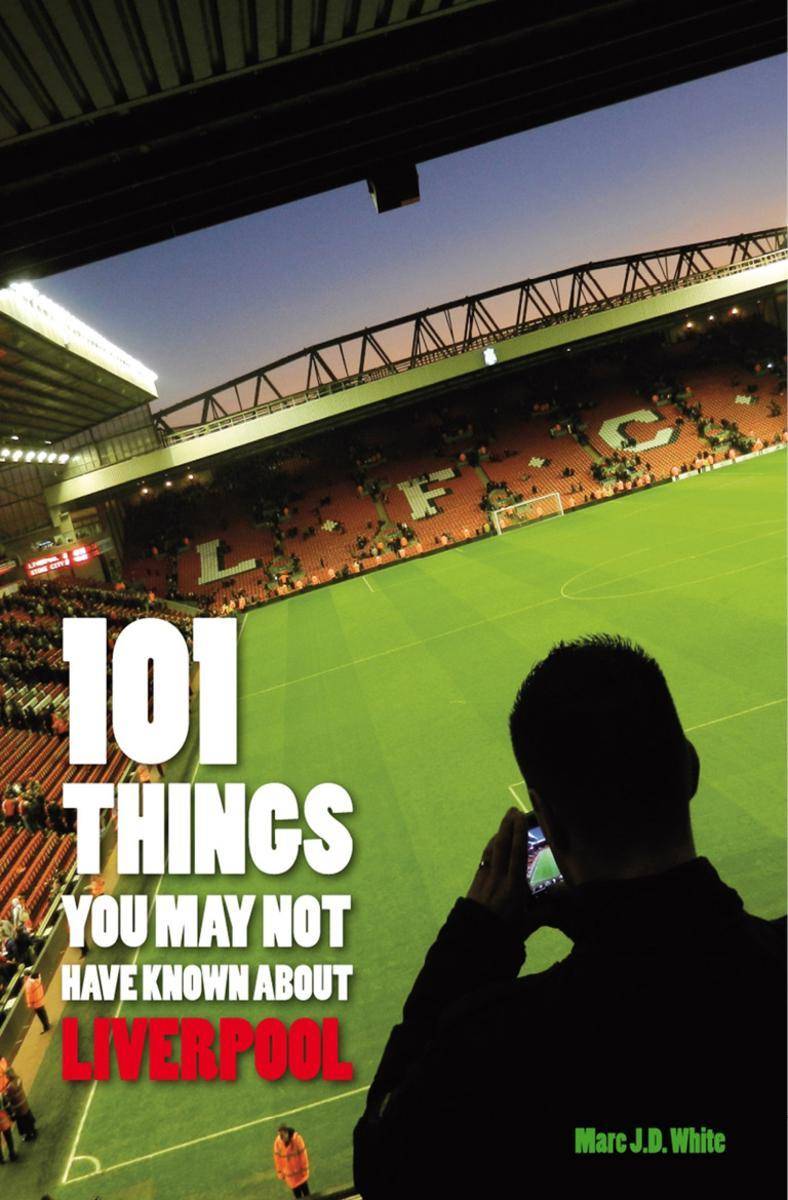
101 Things You May Not Have Known About Liverpool
¥24.43
Brief Description: Liverpool FC is one of England's most popular football teams with an army of loyal supporters and a long and successful history but how much information have you picked up about the club through the years? If you are a fan of the Reds or would like to find out more about them 101 Things You Might Not Know About Liverpool will tell you everything you ever wanted to know.How many players have scored over 100 goals for Liverpool? What five companies have been the club's kit sponsors? How many Liverpool players have captained England? The answers can all be found in this book together with lots more fascinating facts about Liverpool FC.This gem of a book will tell you about club records and history, famous players and managers, memorable wins, draws and losses and all those golden moments from Liverpool's glorious past. This is a must-have book for Liverpool fans of all ages and anyone with an interest in English Premier League football.

101 Amazing Little Mix Facts
¥19.52
Are you a fan of world famous girl band Little Mix? Do you want to know everything there is to know about Perrie, Jesy, Leigh-Anne and Jade? if so, then this is the book for you. Contained within are over one hundred amazing facts about everything from the girls' upbringing to the band's formation, the many awards they have won and much more. Get the facts you want quick!

Ashley & Cheryl Cole
¥14.62
Ashley & Cheryl Cole - Where Did It All Go Wrong? is a quick-read biography, focusing on Cheryl and Ashley's relationship, marriage and divorce. It looks at the parallels in their careers, the ups and downs, and investigates Ashley's alleged cheating with numerous women. Ultimately it asks the question 'Where Did It All Go Wrong' - could anything have been done to prevent the break-up, or was the marriage doomed from the beginning.

A-Z of Atari 2600 Games
¥19.52
The A-Z of Atari 2600 Games: Volume 1 features reviews of three different games for each letter of the alphabet. The games range from the very earliest releases in the 70s to the modern homebrew games of today. This book shows you just how diverse the library of titles is for the Atari 2600 and how it became one of the best-selling consoles of all time.
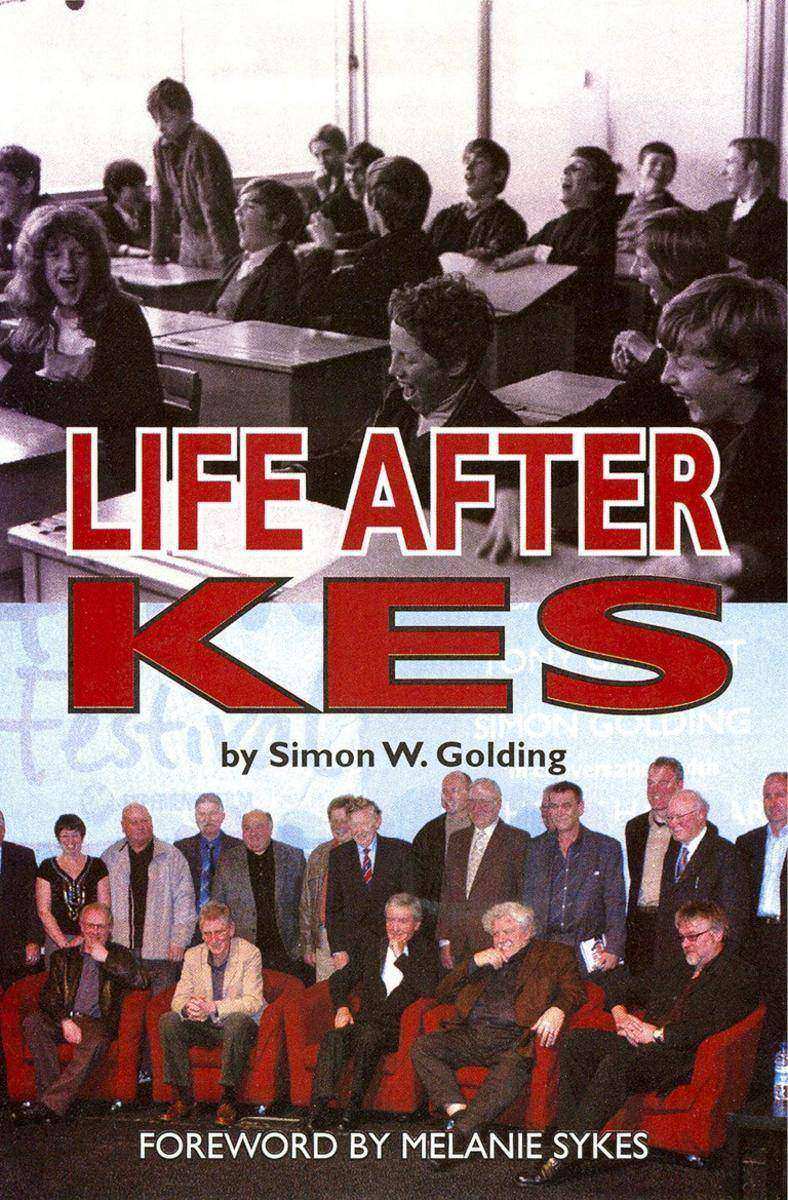
Life After Kes
¥39.14
Life After Kes examines the history and legacy of the 1969 award-winning British film, Kes, about a boy's (Billy Casper) relationship with a kestrel. This fascinating book not only pays homage to the vision and extraordinary talent involved both in front and behind the camera but also looks at subsequent changes in the educational system, posing some important questions. Are we any better off today? Have schools and teaching staff moved forward over the last few decades? Have successive government's learnt anything from the mistakes of the past? Life After Kes explores the lives of the cast and production team since the making of the film including David (Dai) Bradley who played the lead role and examines why the legacy of Billy Casper and the national perception of Kes cast a shadow over South Yorkshire. Does Casper's ghost still haunt this ex-mining community and is director Ken Loach's gritty northern drama as relevant today as it was then? This book is a must-have for all film fans, anyone who enjoyed Kes and all those with an interest in British social history.

Official Carry On Facts, Figures & Statistics
¥73.48
Little did anyone know, back in 1958 when the first Carry On film, Carry on Sergeant, was produced by Peter Rogers and directed by Gerald Thomas, that 50 years and 31 films later Carry On would have become such a well-loved British comedy institution, and one that continues to have people rolling in the aisles. And what better way to celebrate Carry On's 50th anniversary in 2008 than to dazzle Carry On fans with this incredibly well-researched treasure trove of information, including technical data about each film, interesting facts about every member of the Carry On team and every conceivable statistic that you could ever imagine. With forewords by Carry On cameraman Alan Hume and actor Jack Douglas, and peppered with photographs and actors' anecdotes and memories, this book is an absolute must for every Carry On aficionado.
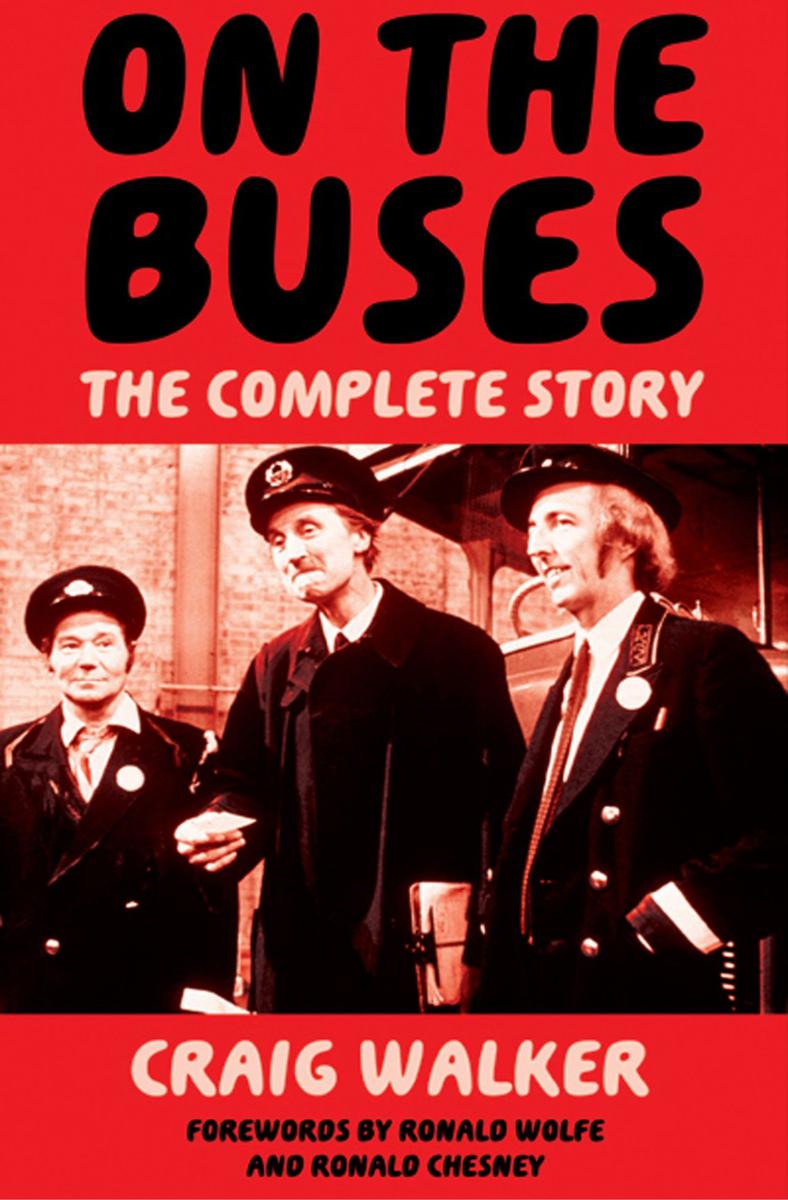
On The Buses
¥68.57
On The Buses was a classic British situation comedy, created by Ronald Wolfe and Ronald Chesney, which ran for seven series from 1969 to 1973, and introduced a host of much-loved memorable characters. The series followed the ups and downs of life on the buses as portrayed by two work shy-busmen, Stan Butler (played by Reg Varney) and his mate Jack Harper (Bob Grant) as they invented new scams to wind up their long suffering boss, inspector Cyril Blakey Blake (Stephen Lewis). This book tells the whole 'On The Buses' story from its inception through to the three spin-off feature films it spawned. It includes details of cast, crew, locations and the many famous faces and catch phrases which made-up one of the most popular sitcoms ever to appear on our TV screens. On The Buses aired in an era where entertainment was unrestrained by politically correct rules but hilarious scripts and quality acting guaranteed the series a legion of loyal fans around the globe. This book is a must have for anyone interested in learning more about On The Buses an example of British sitcom at its best.

101 Quirky Observations on Classical Music
¥24.43
Are you a fan of classical music? Can you name all the well-known composers, conductors and the compositions they are associated with? Or perhaps, you would like to learn more about them? If so, you are certain to enjoy the quotes and musical miscellany in 101 Quirky Observations on Classical Music. Who defined music as 'a science that would have us laugh and sing and dance'? Which composer said, 'the trombones are too sacred for frequent use'? What writer requested, 'please do not shoot the pianist, he is doing his best'? The answers to these questions and similar brain-teasers can all be found inside this book. With sections on composers, compositions, instruments, orchestras and their musicians, conductors, soloists and opera as well as much more classical music related trivia, this book has something for everyone. This book is a great way to find out more about classical music and those who have been involved in writing, playing and performing it through the years. This is a must-have for anyone who listens to, plays or appreciates classical music.
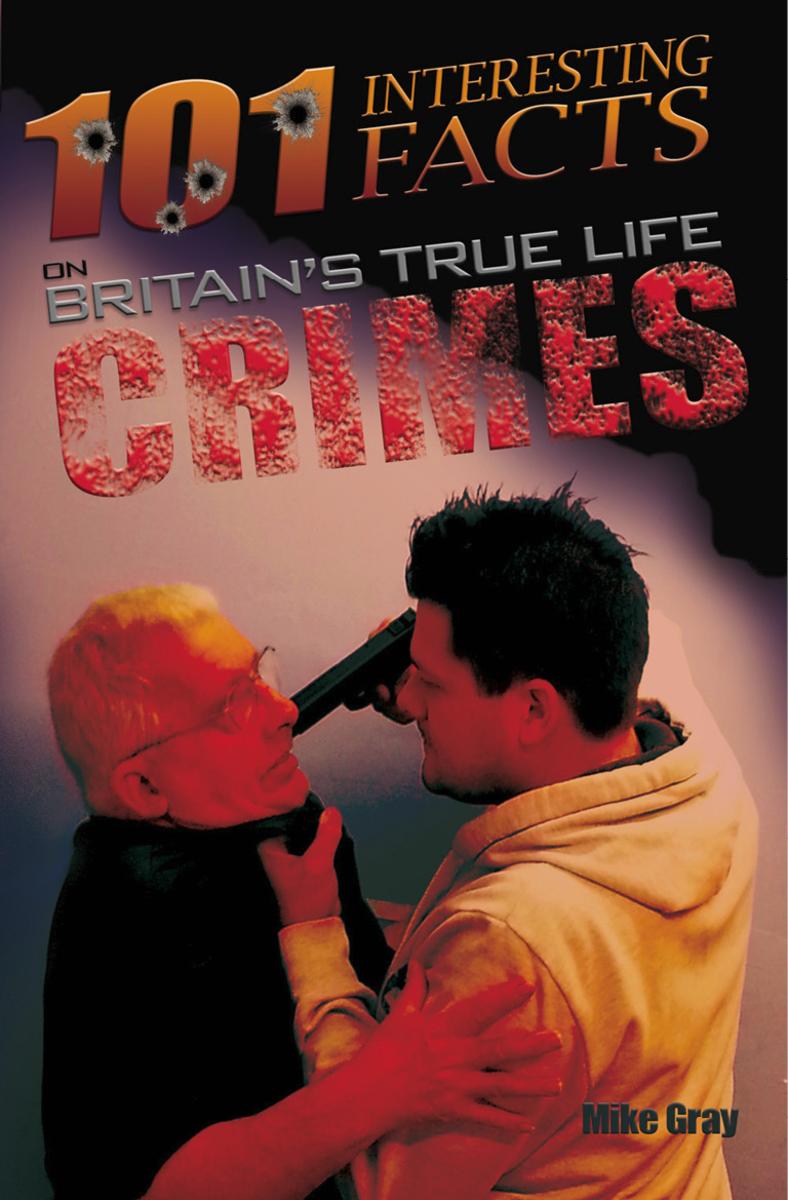
101 Interesting Facts on Britain's True Life Crimes
¥24.43
Are you interested in true life crime? Would you like to find out more about some of the most highly publicised crimes ever committed in Great Britain? Are you curious about the UK's most notorious murderers, bank robbers, kidnappers, fraudsters and career criminals? If so, you won't want to be without 101 Interesting Facts on Britain's True Life Crimes? What event marked the start of the 'supergrass' era in the UK? Who were the Bridgewater Four and what crime were they convicted of? Can you name Britain's supposed wealthiest criminal, also known as 'Goldfinger'? Who was the 'Black Widow' and how did she come by her nickname? The answers can all be found inside Mike Gray's fascinating new true crime book. Discover the truth about more than 100 actual events that grabbed the headlines and shocked the UK including details of serial killers, gangsters, thieves, crimes of passion, those who were caught or got away and the falsely accused. It is all inside this compelling book, a must-have read for all true crime fans.

Great Train Robbery Quiz Book
¥19.52
The Great Train Robbery is one of the most well documented crimes of all time but how much do you really know about what happened on that fateful day in 1963 and in the years beyond? This new quiz book will tell you everything you ever wanted to know about the Great Train Robbery and the people involved.How many train robbers escaped from prison? What was the robbers' hideout called? Who was the first '30-year sentence' train robber to be released? The answers to these brain teasers and more can all be found inside The Great Train Robbery Quiz Book.With 100 questions all about the people involved in the robbery, where they are now, the detectives, Judge, books, films and TV programmes, this is a comprehensive guide to the most talked about UK heist in history.With 2013 marking the 50th anniversary, there is still a great deal of interest in the Great Train Robbery and if you would like to know more, this book is all you need.
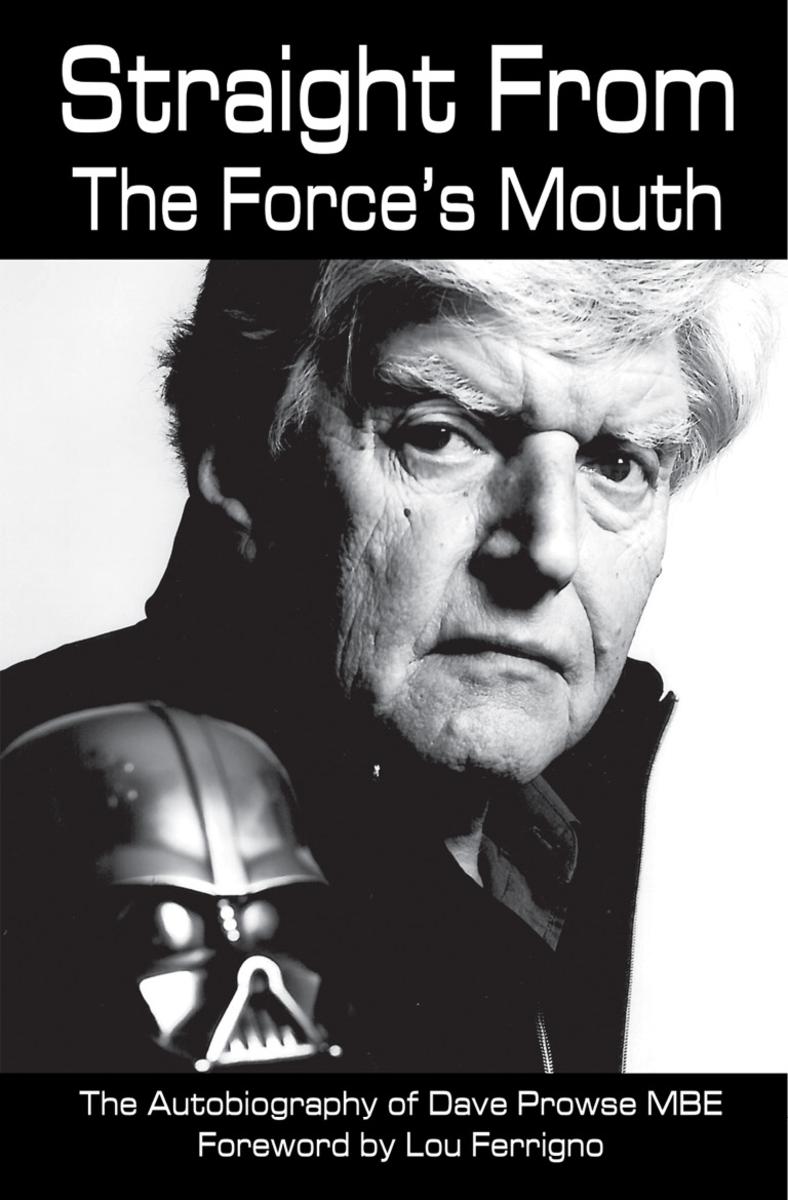
Straight From The Force's Mouth
¥88.19
Everyone has heard of Darth Vader, the infamous Star Wars villain we all love to fear, created by George Lucas and brought to life by Dave Prowse MBE, but people may not be so familiar with the story of the multi-talented man behind the mask. It required someone exceptional to turn a helmeted costume into the principal character in the highest grossing film series in cinema history - that someone was Dave Prowse. The towering, physical presence of the 6ft 7"e; bodybuilder was ideally suited to personify the intimidating Darth Vader. Straight from the Force's Mouth takes us behind the scenes of Star Wars and documents how this extraordinary man took on the role of the menacing central character to creating one of the most iconic villains in cinema history. In this book of memoirs, Dave shares his journey from disadvantaged child and poor student to champion weightlifter and international film star. The Dave Prowse story is one of determination and hard work and in this honest account he explains how he overcame the many setbacks in his life to achieve success and global recognition. This book is a must have for Star Wars fans of all ages and will appeal to anyone who enjoys a truly inspirational and motivating real life story.

Rihanna Quiz Book
¥24.43
Are you a Rihanna fan? Do you know the lyrics to all of her songs? Can you name her albums? From releasing her debut album at the age of 17 to becoming one of the best selling artists of all time, Rihanna is one of the biggest success stories in recent pop history. But how much do you really know about your favourite star? Find out in this fascinating quiz book. Where did Rihanna grow up? How did she get started in the music business? What was the name of the person who discovered her? The answers to all of these questions and more can be found in this book. Brim full of interesting facts that cover all aspects of the multi-talented singer-songwriter's life, from her early successes to chart topping hits including many personal details such as her nickname, favourite colour and the names of her best friends, you are certain to learn something new about the international singing sensation in The Rihanna Quiz Book. There is only one Rihanna and this is the must-have quiz book for all of her fans.

Playing Sherlock Holmes
¥19.52
Playing Sherlock Holmes contains three verbatim interviews - with John Wood, Robert Stephens and Christopher Lee - about their very different experiences of appearing as Holmes on stage and screen. The interviews were conducted in 1974. At the time, John Wood was appearing on stage in an acclaimed revival of William Gillette's play Sherlock Holmes, a Royal Shakespeare Company production; Robert Stephens had recently completed The Private Life of Sherlock Holmes for film director Billy Wilder; and Christopher Lee - who had a role as Mycroft Holmes in that film - had earlier played the lead role in Sherlock Holmes and the Deadly Necklace. The interviews have been transcribed from tapes held in the Arthur Conan Doyle Collection - Richard Lancelyn Green Bequest at Portsmouth Museum.




 购物车
购物车 个人中心
个人中心



